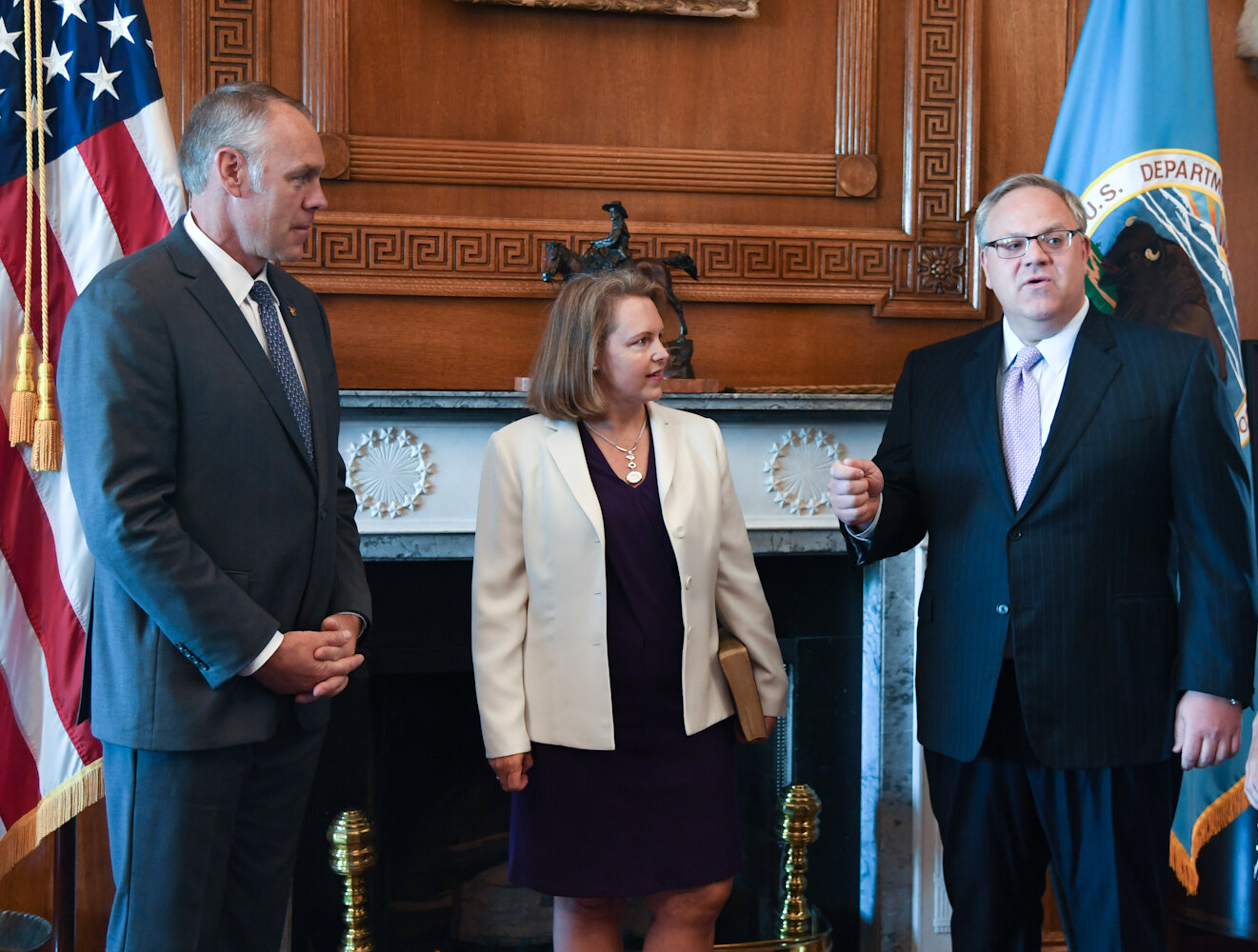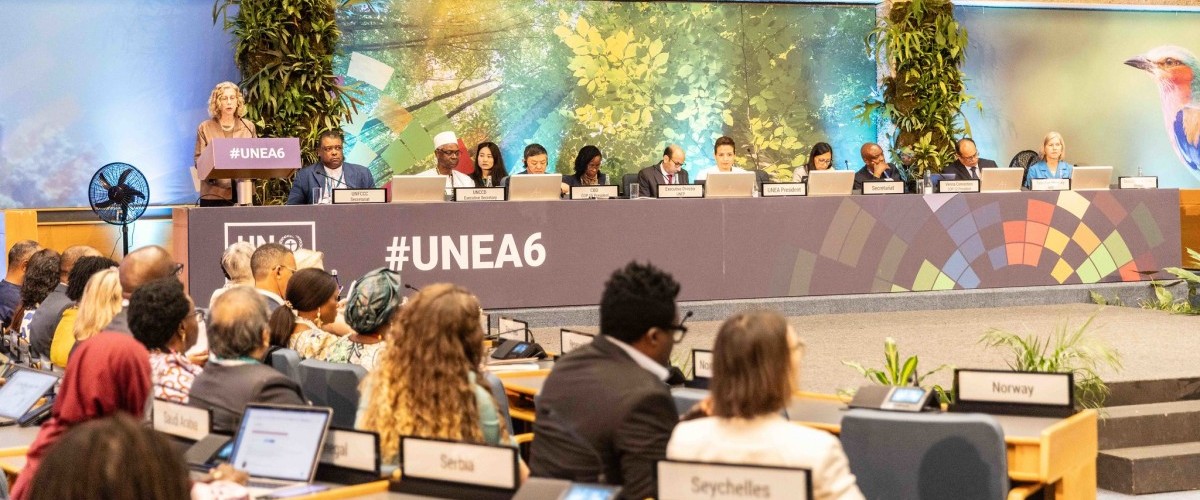PICTURED: An offshore oil platform off the coast of Brazil. Photo credit wikimedia CC 3.0 Brazil.
According to a press release from the Department of the Interior (DOI), 2019 receipts from natural resource production on publicly-owned and American Indian-owned lands as well as offshore areas have almost doubled from fiscal year 2016, from $6.2 billion to $11.7 billion.
This is a continuing trend from last year which saw a marked increase of several billion dollars within an overall trend of economic growth in this sector from the years before.
Natural resource production like logging, mining, and offshore drilling attracts swarms of critics and concerned citizens wondering whether any such production efforts would harm the natural environment they are placed in.
Whether this revenue is something which the individual doesn’t feel is worth the disruption within a given ecosystem or the risk of some catastrophe like the Deepwater Horizon spill in the Gulf of Mexico for instance, more than half of it goes towards DOI and DOA funds that maintain publicly-owned land in America.
States received $2.44 billion in disbursements from the natural resource income figure above for the purpose of maintaining the health and stability of the ecosystems in which these activities are conducted.
More than $1 billion was disbursed to American Indian Tribes and individual Indian mineral owners upon whose reservations and land natural resource extraction took place.
In addition, $1.76 billion went to the Reclamation Fund, $1 billion to the Land and Water Conservation Fund (LWCF) and $150 million to the Historic Preservation Fund. These pieces of legislation are cornerstones of America’s successful blueprint for conservation and natural resource management that has demonstrated persistent success throughout the 20th and 21st centuries.
Who pays Smokey the Bear?
Maintaining the military might of the United States for the 2020 fiscal year will cost the American taxpayers at least $750 billion, while the Department of the Interior – the federal agency responsible for funding and maintaining other agencies like the National Parks Service, the Bureau of Land Management, the Bureau of Indian Affairs, the U.S. Fish and Wildlife Service, and the Bureau of Safety and Environmental Enforcement, received merely $12 billion.
One of the many ways the United States bookkeepers can allow the DOI budget to be so low is because of certain pieces of legislation that channel money from activities and sectors carried out upon public lands into funds that actively support those lands.
Some examples of this kind of legislation are the Pittman Robertson Act of 1937 (PRA), or the most recently renewed Land and Water Conservation Fund (LWCF) within the Natural Resources Management Act.
The LWCF takes a portion of any money made through federally-managed offshore energy extraction to be used later for the acquisition and management of public lands in America. This includes magnificent tracks of natural wilderness, national scenic rivers, but also thousands of local playgrounds, soccer pitches, and baseball diamonds.
The Pittman Robertson Act takes a portion from any hunting licence, tag, or stamp sold in America, along with a portion of any product sold within a sportsmen and outfitter company, archery and fishing tackle to help pay for biology research, management, and conservation of wildlife in America.
Just recently, Former Sec. of the Interior Ryan Zinke announced the Pittman Robertson Act generated $1.1 billion for wildlife management.
August 1st, 2017. PICTURED: Former Interior Secretary Ryan Zinke (left) stands with newly-sworn in Deputy Sec., and now current Interior Secretary David Bernhardt (right).
Billing and drilling
This is not the first victory in the domain of public lands management and funding that President Trump has had in his first term.
While his first Interior Secretary Ryan Zinke failed to make many friends within the sportsmen and conservation communities when he recommended the shrinking of several National Monuments that had been established by Former President Obama, he resigned and was replaced by David Bernhardt, who has proclaimed several famous victories since his appointment in 2019.
Earlier this year, he signed into law the Natural Resource Management Act, permanently reauthorizing the LWCF.
On April 9th, when appropriating for the 2020 budget, Trump requested 600% more funding for the Forest Service and their firefighting projects than the previous administration.
As fires scorched Siberia, Greenland, and the Amazon this year, the Interior Department was able to greatly minimize damage to American forests from the 2019 wildfire season.
The 30th anniversary of the North American Wetlands Conservation Act passed in late September, and Sec. Bernhardt has renewed the piece of conservation legislation to include $100 million in grants for public/private projects that aim to increase, protect, and restore wetland habitat in the United States, Mexico, and Canada.
Much of the funding for all these projects and the hundreds more that are carried out every year to protect, maintain, and expand management of the greatest public lands system in the world comes from their utilizations as places of recreation and fonts of resources, not of pristine wilderness areas.





